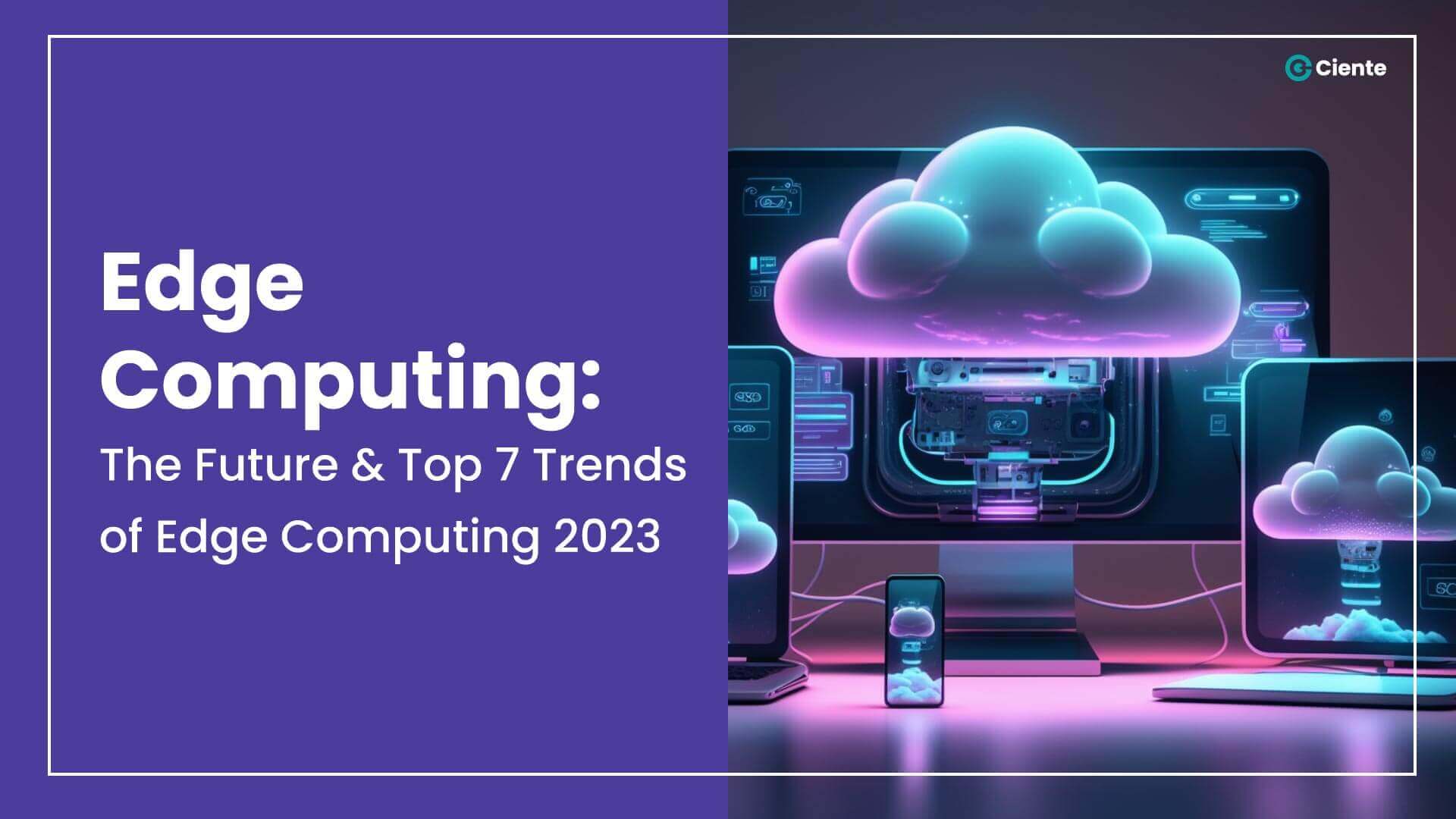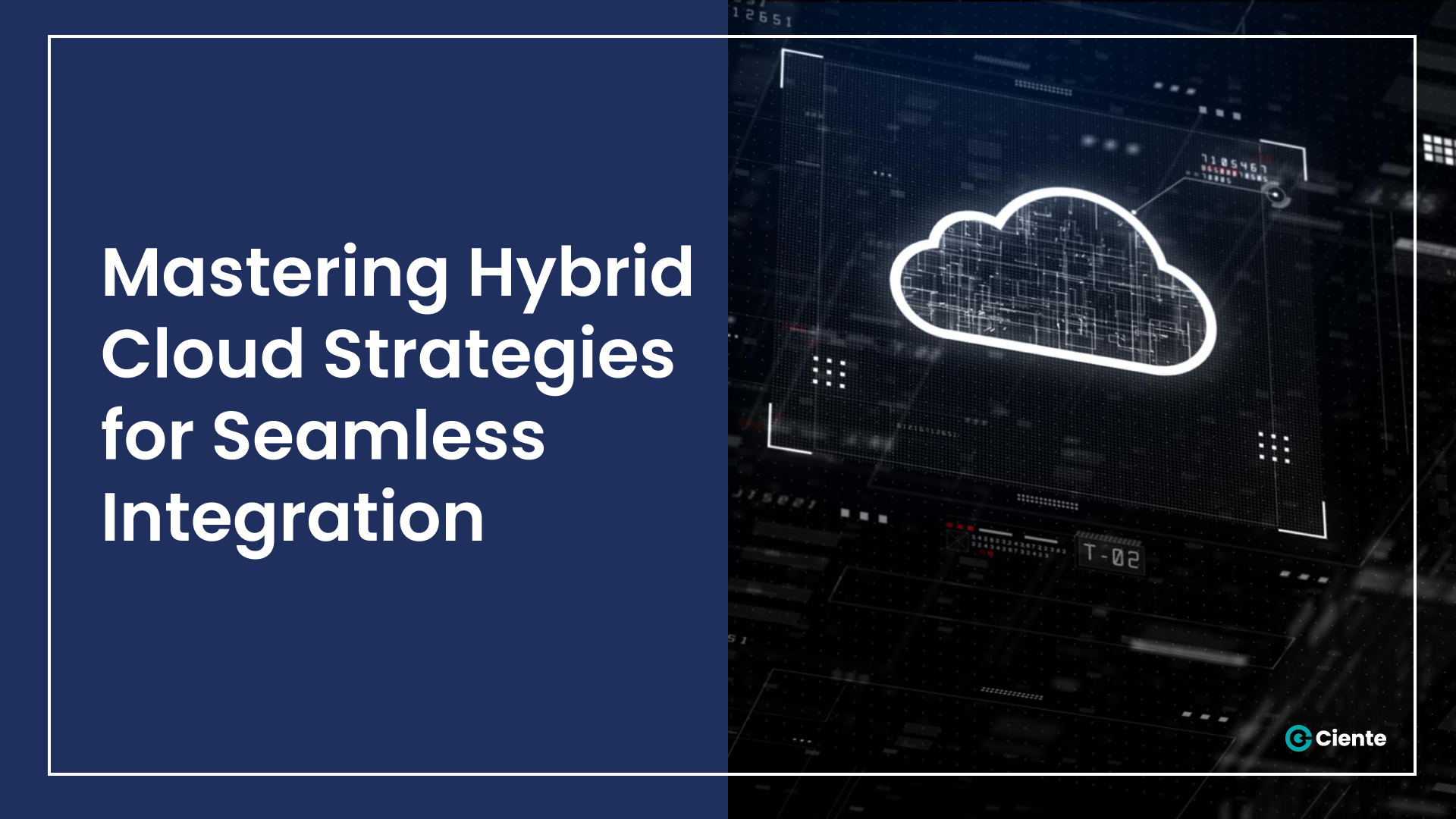
Edge Computing: The Digital Revolution Driving the Future and the Top 7 Trends of 2023
Edge Computing is not just the future—it’s the present. Here’s

Edge Computing is not just the future—it’s the present. Here’s

Leaders in cloud transformation can feel stuck in limbo. They’ve

Cloud maturity can be messy at a time when organizations